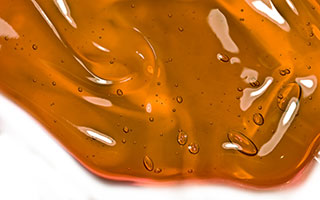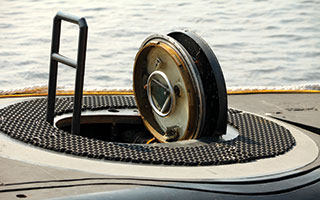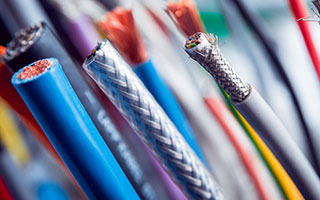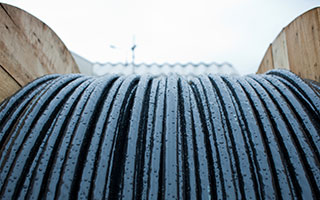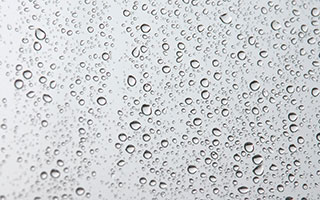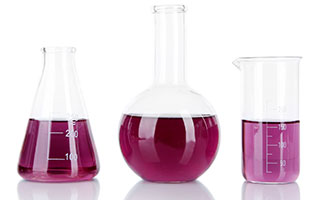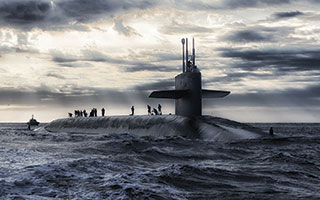
TRI Austin’s Materials Division has over 40 years of experience in applied research, testing, and product development in the area of specialty polymer based materials. Our chemists formulate and synthesize new high performance materials to meet the rigorous requirements of the Department of Defense and other Government and commercial clients. Chemistry specialty areas include epoxies, polyurethanes, polyureas, polysulfides, acrylics and silicones. Common applications include coatings, adhesives, sealants, foams, gap fillers, and composite resin systems.
Since the company’s inception, TRI Austin’s Materials Division has been a leader in the development and testing of subsea materials for the Navy and the Oil and Gas industry. Products include protective coatings to extend the life of underwater electrical connectors, superior materials for towed array systems, and molding compounds for cables, connectors, transducers, and down hole applications. We also specialize in accelerated life testing (ALT), failure analysis, and reliability prediction in the subsea environment.
Our Materials Division has developed many environmentally friendly replacements for high performance materials without the use of hazardous volatile organic compounds (VOCs), chromates, and other toxic constituents. New materials include saltwater fast greases with no VOC outgassing, water based hydraulic fluids, and nontoxic rubber cements.
We have developed numerous products for personal protection, such as camouflage face paint coatings that prevent thermal IED flash burns, powder free surgical gloves, chemical and biological warfare agent resistant water pouches, and methods of ensuring complete decontamination of hazardous material spill responders.
TRI Austin’s Materials Division has also formulated resins for high temperature composite applications, durable gap filler materials, and UV cure resin systems and foams for aircraft composite repair.
Materials Division Specialties
- Protective coatings
- Subsea materials
- Subsea ALT
- Environmentally friendly replacement materials
- Personal protection
- High temperature composite resins
- Composite repair
- Gap fillers
Non-Hazardous Air Pollutants Rubber Cement
Cements currently used to bond rubber to metal and rubber to rubber contain large amounts…
Diver Safe Grease
Submarines have actuated parts that must be lubricated with grease to ensure correct operation and…
Improved Accelerated Life Testing
The Navy spends $10 to 100 million per year on unexpected and premature failures of…
Accelerated Life Testing of Sonar Hardware
Sonar systems are critical Naval assets that require well-defined performance and lifetime characteristics. These systems…
Fat Line Tow Cable
The Navy's TB-16 array consists of an acoustic detector array that is towed by a…
Waterproof Towed Array Hosewall
High moisture permeation rates through hose wall materials are a primary failure mode for the…
Moulding Compounds and Test Methods for Underwater Hardware
The Navy continues to incur very high costs and lost service time due to unanticipated…
TRI SealPlus® Coating for Plasma Sprayed Ceramics
TRI SealPlus® is specifically designed for sealing the pores of plasma sprayed ceramic coatings. The…
Bond-Coat™
BondCoat™ is technology for making underwater connectors resistant to cathodic delamination. The Portsmouth connector is…

